Επιστήμη Δεδομένων
- Author: Joel Grus
- Publisher: Papasotiriou
- Μορφή: Soft Cover
- Έτος έκδοσης: 2021
- Αριθμός σελίδων: 408
- Κωδικός ISBN-13: 9789604911448
- Διαστάσεις: 14×21
Similar products
 Top rated
Top rated
Scientific Books
Ο Μύθος Του Φυσιολογικού, Trauma, disease and healing in a toxic culture
Ad from SilverProductsAdded Top rated
Top ratedScientific Books
Προς τ’ άστρα, A magical journey into the world of Astrophysics
Ad from MykyklosAdded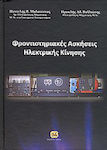
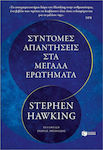 Top rated
Top rated
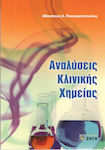
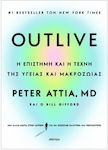

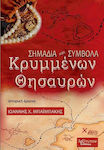
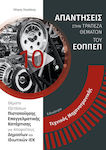
Scientific Books
Ειδικότητα τεχνικός μηχανοτρονικής: Απαντήσεις στην τράπεζα θεμάτων του ΕΟΠΠΕΠ
from 9,75 €Added
Scientific Books
Κωδικας Πολιτικης Δικονομιας Σεπτεμβριος 2024 Εκδόσεις Σάκκουλα Α.ε
from 10,80 €Added
All shops
Prices are calculated for:Luxembourg, Other Payment Options
- 29,70 €
- 26,40 €
- 28,04 €
- 24,75 €
- 28,05 €
Description
To truly learn data science, you must not only master the data science libraries, frameworks, modules, and toolkits, but also understand the ideas and principles that govern their operation.
This second edition of Data Science: Essential Principles and Applications with Python, updated for Python 3.6, shows you how these tools and algorithms work by applying them from the ground up. If you have an inclination towards mathematics and programming skills, author Joel Grus will help you feel comfortable with the mathematics and statistics at the core of data science, as well as the necessary "hacking" knowledge required to get started as a data scientist. With new material on deep learning, statistics, and natural language processing, this updated book shows you how to find the hidden gems within today's chaotic data jungle.
- Take a crash course in Python
- Learn the fundamentals of linear algebra, statistics, and probability and how and when they are used in data science
- Collect, explore, clean, transform, and process data
- Dive into the basics of machine learning
- Implement models such as k-nearest neighbors, naive Bayes classification, linear and logistic regression, decision trees, neural networks, and clustering
- Explore recommendation systems, natural language processing, network analysis, MapReduce, and databases
Specifications
- Genre
- Computers - Information Technology
- Language
- Greek
- Format
- Soft Cover
- Number of Pages
- 408
- Publication Date
- 2021
- Dimensions
- 14x21 cm
Important information
Specifications are collected from official manufacturer websites. Please verify the specifications before proceeding with your final purchase. If you notice any problem you can report it here.
Reviews
The book is aimed at those who truly want to professionally engage with Python applications in data science and all its subsets (Machine Learning, Deep Learning, etc). It is partly good that it does not use the libraries scipy, scikit-learn, and tensorflow. Instead, it implements simple statistical metrics and relatively complex classifier models (Naive Bayes) in detail. This is the best approach for someone who has no prior experience in data analysis, as it allows them to see the basic mathematical tools that play a role. The book assumes basic knowledge of Python, and anyone who understands, understands. It comments on each method and occasionally provides advice. It might overwhelm you a bit with the frequent use of functions, but in the end, it will prove useful as you see how to write reusable code. Additionally, you will never be asked to write knn, k-means, or naive bayes from scratch like Grus does. Once you finish this book, you will be able to start exploring the scipy, scikit-learn, and tensorflow libraries and call each model with just one command. You may ask why then should you read this book that does everything from scratch? I would say that a data scientist should be a good mathematician-statistician, in addition to being a competent programmer. Therefore, by understanding the mathematics behind classification, clustering, and regression algorithms, you will gain an understanding of each algorithm's concept, which method is best suited for specific problems, and of course, how to optimize each method. Personally, I would have liked more comments and advice targeted at working with data (preprocessing, filling empty values) and dense clustering algorithms. In conclusion, if you partly agree with what I'm saying, take it and you don't need to read all the chapters right away. I recommend chapters 1 to 18 and 20.
Translated from Greek ·- Was it easy to read?
- Understanding of the subject matter
- Was it interesting enough?
- I liked the writing style
- I would recommend it for reading
- Paper quality
- I might read a book by the same author
Did you find this review helpful?Verified purchase
- Paper quality
- Was it easy to read?
- Understanding of the subject matter
- Was it interesting enough?
- I liked the writing style
- I would read a book by the same author
- I would recommend it for reading
Verified purchase
- Paper quality
- Was it easy to read?
- Understanding of the subject matter
- Was it interesting enough?
- I liked the writing style
- I would read a book by the same author
- I would recommend it for reading












